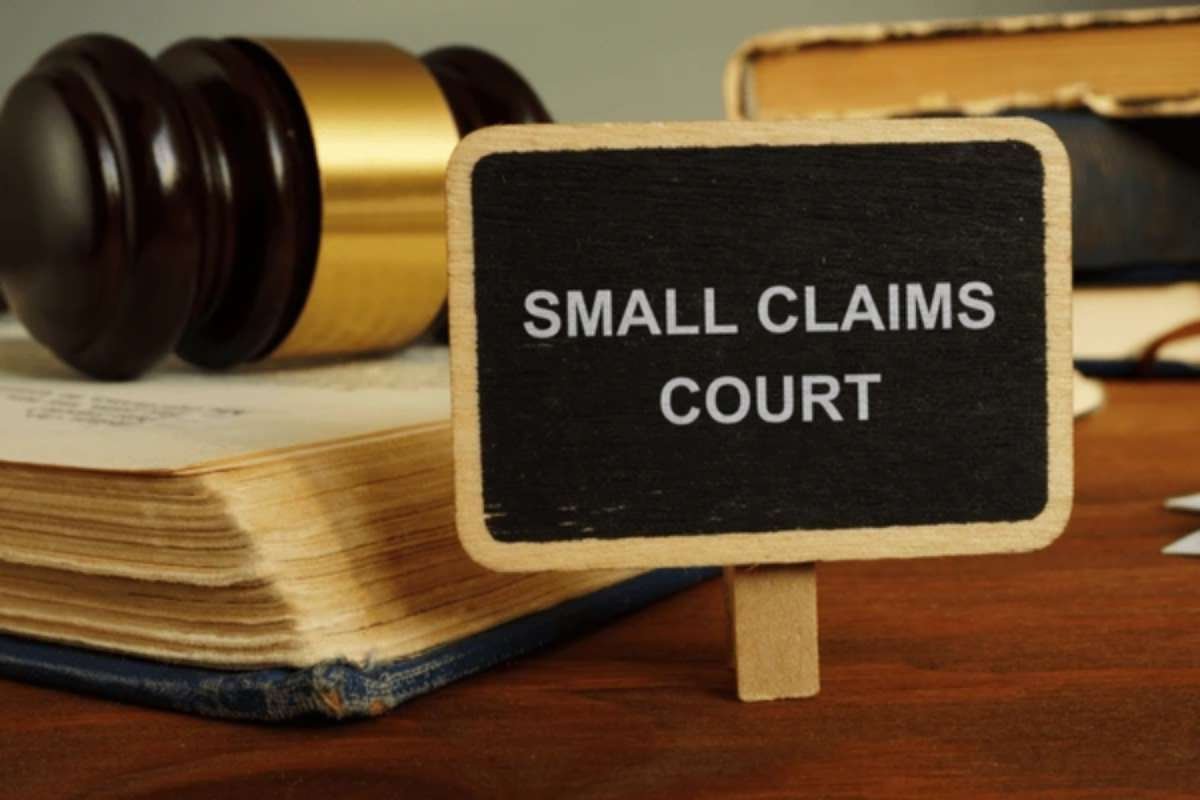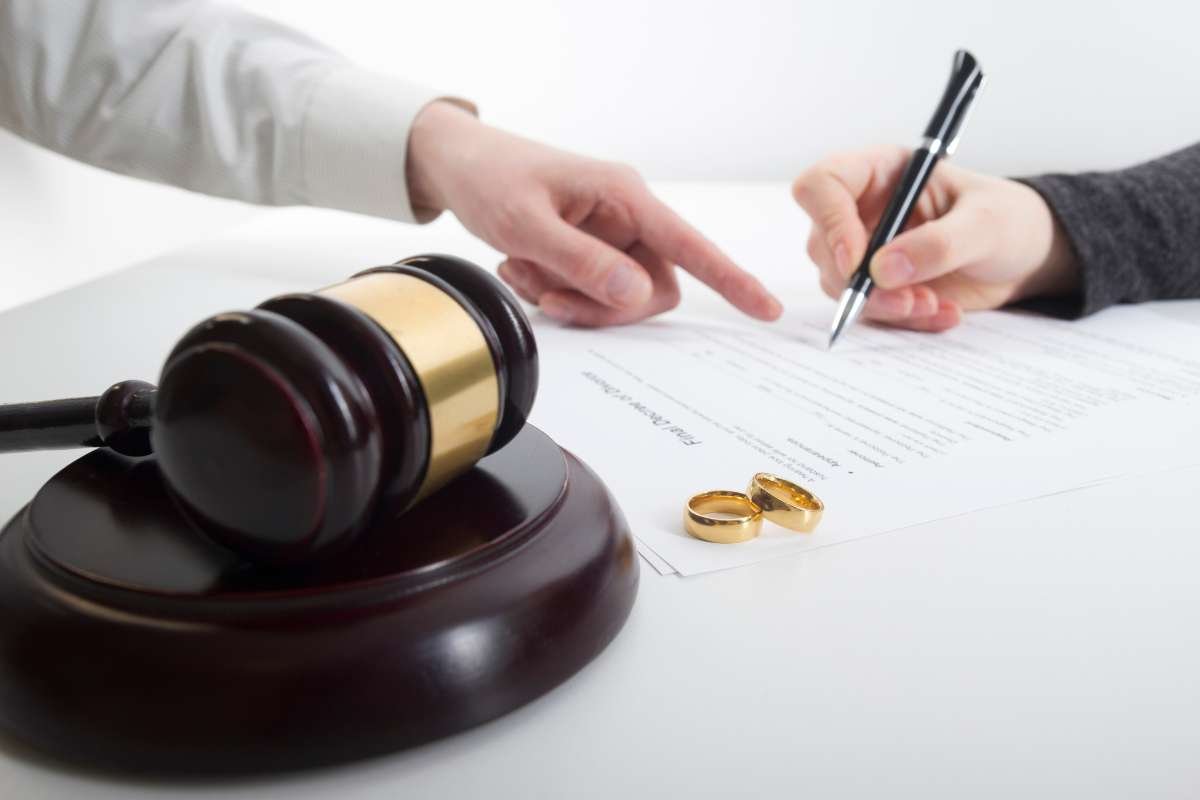For personal injury lawyers, winning cases means earning money – the sector is worth $57 billion as of 2023, employing around 167,000 people. Unlike other service professionals, attorneys have unique ways to profit directly from positive case outcomes.
Legal fee structures incentivize victory, increasing a lawyer’s income and profit margins through a combination of percentage-based contingency fees, statutory fee provisions, client payment plans timed to settlements, and large damage awards. This means in many practice areas, a lawyer’s income rises and falls on their ability to win. So, how exactly do lawyers make a profit fighting personal injury cases?
Contingency Fees
One of the most common ways lawyers make money from winning cases is through contingency fees. With a contingency fee arrangement, the lawyer only gets paid if they win or settle the case. The fee is a percentage of the settlement or award amount, usually between 33-40%.
Contingency fees allow those who cannot afford high hourly rates to still obtain quality legal representation. For the lawyer, contingency fees provide an incentive to put in more effort and achieve the best possible outcome, as their own income is tied to their client’s financial reward. On a winning case, contingency fees can often far exceed what the lawyer would have made billing at an hourly rate.
Statutory Fees and Costs
There are specific legal scenarios where the principle of ‘loser pays’ can be applied, meaning a court can direct the party that loses the case to reimburse the winning side for their attorney’s charges and other litigation-related expenses. This most often happens in employment discrimination and civil rights violation cases. The purpose is to facilitate access to the justice system for those whose rights have been infringed.
According to Craig D. Rosenbaum, a lawyer handling personal injury cases in Queens, “by statute, reasonable attorney fees and costs must be paid to the prevailing plaintiff in these cases. This means the plaintiff’s lawyers will be paid their typical hourly rates for the time spent, which can be anything from $150/hour to $500/hour, as well as reimbursed for any case-related expenses. As a result, personal injury attorneys can earn higher incomes working on these contingency fee or pro bono cases which they later win.”
Damage Rewards

In personal injury cases and some other civil lawsuits, much of the ultimate settlement or court judgment goes towards compensating the plaintiff (the attorney’s client) for economic and non-economic damages like medical bills, which can be substantial for serious injuries like TBIs, exceeding $100,000. However, typically the plaintiff’s lawyer still earns a healthy fee through a percentage share of the total award.
For very large rewards or settlements, a Personal Injury Lawyer can make a substantial profit even if the contingency fee percentage is on the lower end, with most settlements falling around $23,900. Cases involving severe injuries, corporate negligence, or class action plaintiffs tend to lead to higher value outcomes, increasing what the representing lawyer earns in contingency fees.
Payment Plans from Clients
For divorce cases and other drawn-out litigation not suitable for contingency fees, lawyers will sometimes work out payment plans with clients. This allows the client to pay over an extended period, especially if a financial settlement is reached soon but paid out over many years.
With a delayed compensation model, the personal injury lawyer may wait longer to fully collect fees, but avoids non-payment issues. Meanwhile, the client can proceed with their case based on an expected future income stream. By aligning installments with the timing of client fund receipts, these payment plans enable law firms like Belluck Law to profit from settlements and awards.
Also Read: Personal Injury Laws: A Comprehensive Guide

















